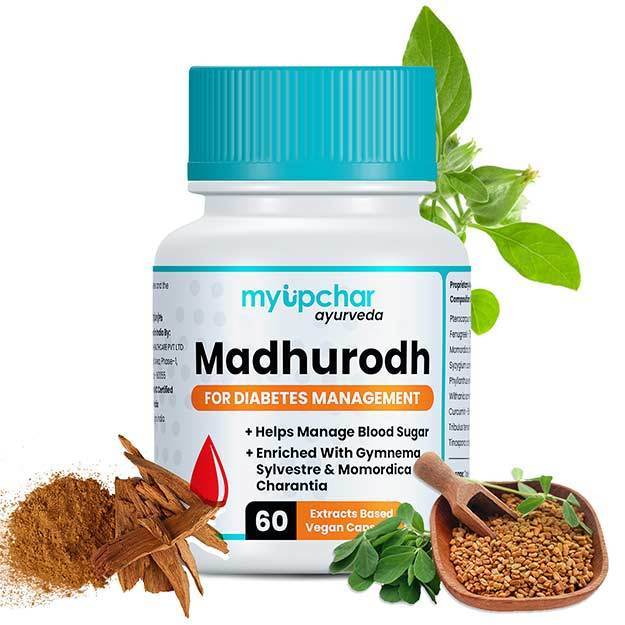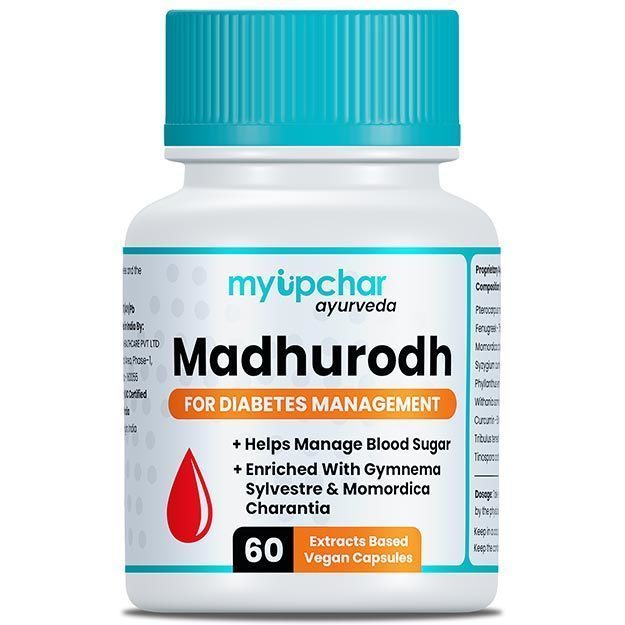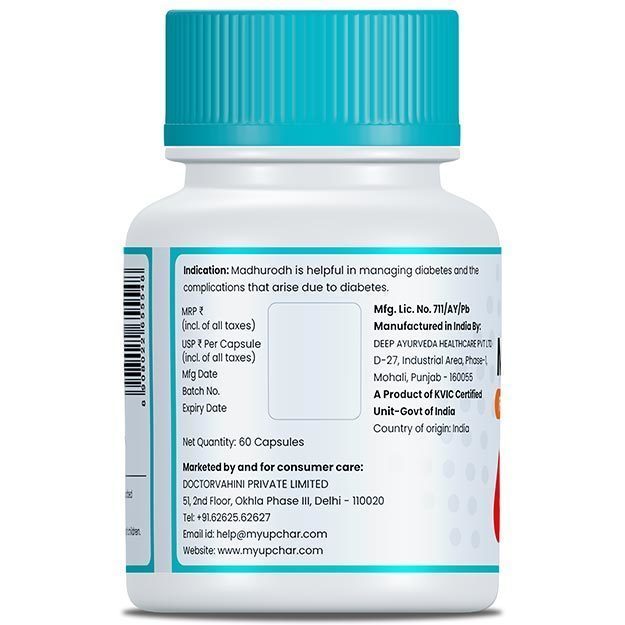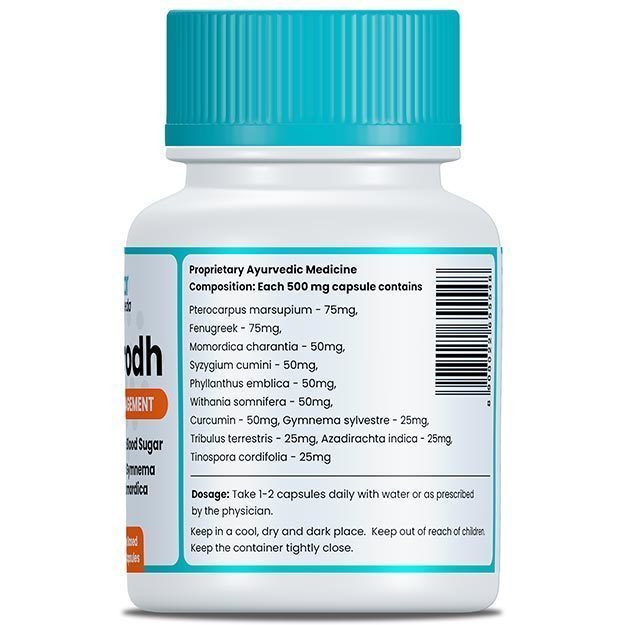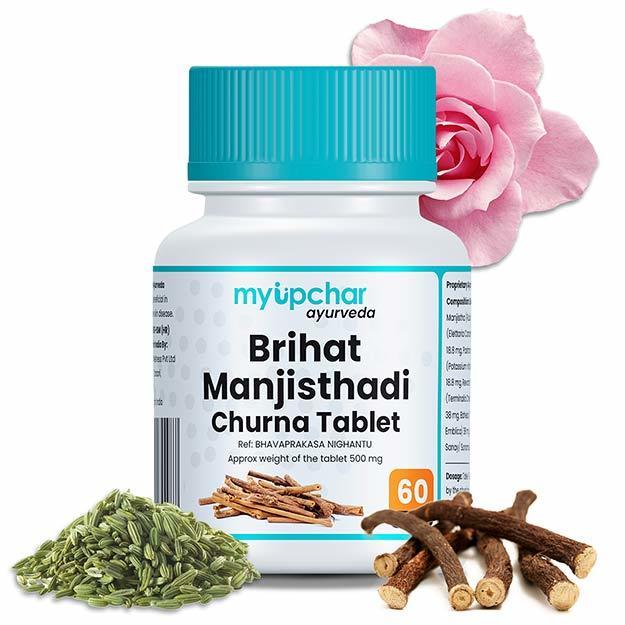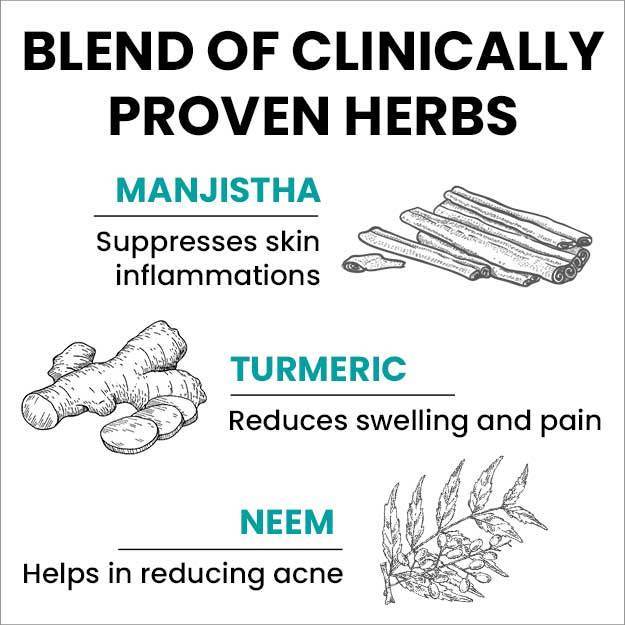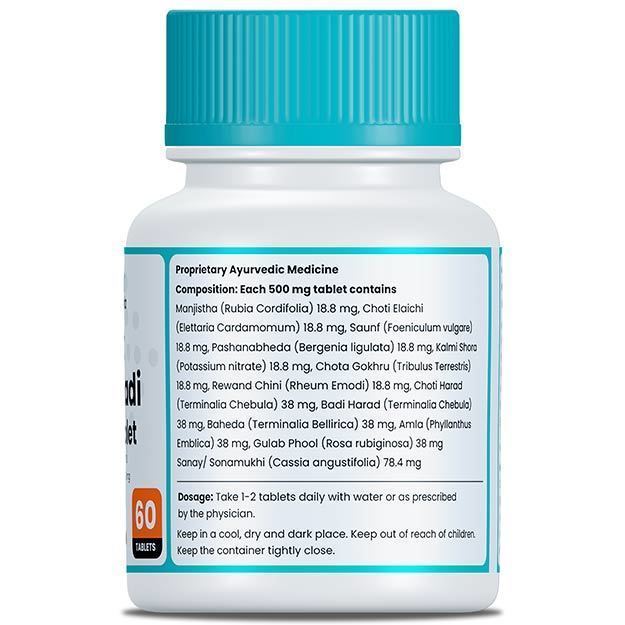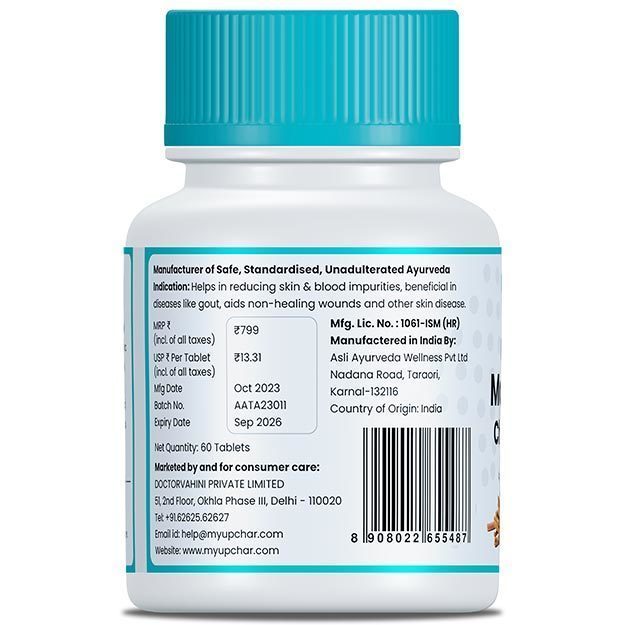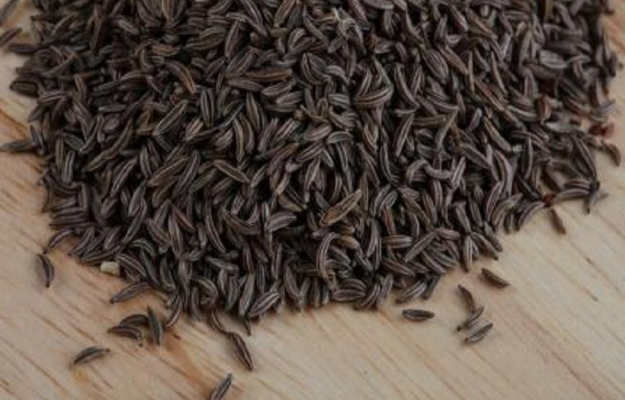Sandalwood is an exotic and fragrant herb that is well known throughout the world not just for being an excellent furniture wood but also for its many healing properties. It is one of the highly prized trees in the world and the oil obtained from sandalwood holds medicinal value though it is sought after for its warm and woody fragrance.
Interestingly, sandalwood was used as a medicine in ancient Egypt along with an embalming agent for the dead. It is not hard to decipher that this oil must have some preserving components too.
Sandalwood is the same sacred Chandan tree of Indian native land, threaded intricately into culture and beliefs. It is considered an apt offering for Hindu rituals and is believed to be one of the purest herbs.
The mention of the sweet and loving fragrance of sandalwood is found in the poems of Rabindranath Tagore and it’s healing properties have been mentioned by ancient ayurvedic experts like Charaka and Sushruta.
Even in the modern century sandalwood can be found in most houses in India, whether it is in the form of a sacred wood or as a beauty product.
If you are yet unaware of the cosmetic marvel that sandalwood is, you should definitely read this article. Also, if you are a home remedy expert, it might give you some insights into the delicate workings of sandalwood components and exactly how they can help you get that flawless and shiny skin.
But first, let us know some more about sandalwood.
- Botanical name: Sandalwood is the heartwood of the sandal (chandan) tree, Santalum album.
- Family: Santalaceae
- Common name: Sandalwood, Chandan
- Parts used: Wood, volatile oil
- Native region and geographical distribution: Sandalwood is a native of India and it naturally grows in Chile, New Zealand, and Indonesia.





